Enhance Your Look with Eyelid Ptosis Surgery in Korea
2025-05-03
Key Takeaways
Ptosis, or drooping eyelids, can severely impact vision and self-esteem, making surgical correction a beneficial option for many individuals.
Korea offers advanced surgical methods for ptosis correction, including non-incisional and incisional techniques, with both providing aesthetic and functional improvements.
Choosing a reputable clinic in Korea is crucial for optimal results, with costs being significantly lower than in Western countries, making it an attractive destination for surgery.
Understanding Ptosis and Its Impact
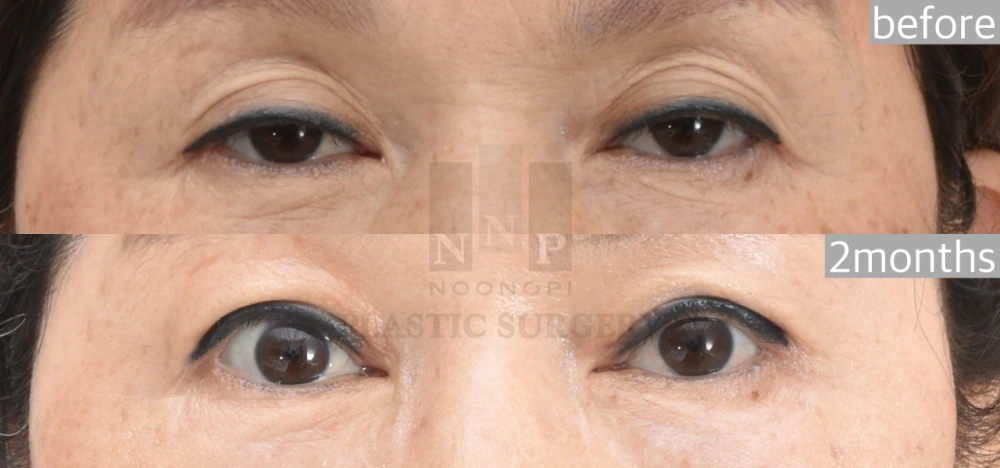
Ptosis, medically known as blepharoptosis, describes the drooping of the upper eyelid caused by weak eye muscles. This condition can be congenital, resulting from developmental issues with the levator muscle, or acquired later in life due to muscle weakening or nerve damage. Congenital ptosis appears in infants at birth, while acquired ptosis usually arises from aging or trauma.
Ptosis can greatly affect one’s quality of life, particularly in severe cases where the eyelid droops enough to obstruct vision, causing symptoms that often include a look tired appearance, increased tearing, and forehead wrinkles from lifting the eyebrows to compensate for the drooping, resulting in sleepy eyes. Untreated severe ptosis can lead to lazy eyes due to ongoing visual obstruction.
Addressing ptosis improves both vision and appearance, boosting confidence. Ptosis correction surgery offers a permanent solution for moderate to severe cases, delivering functional and aesthetic benefits. Next, we explore the surgical methods available in Korea and their potential to restore clear vision and a youthful look.
Surgical Methods for Ptosis Correction in Korea
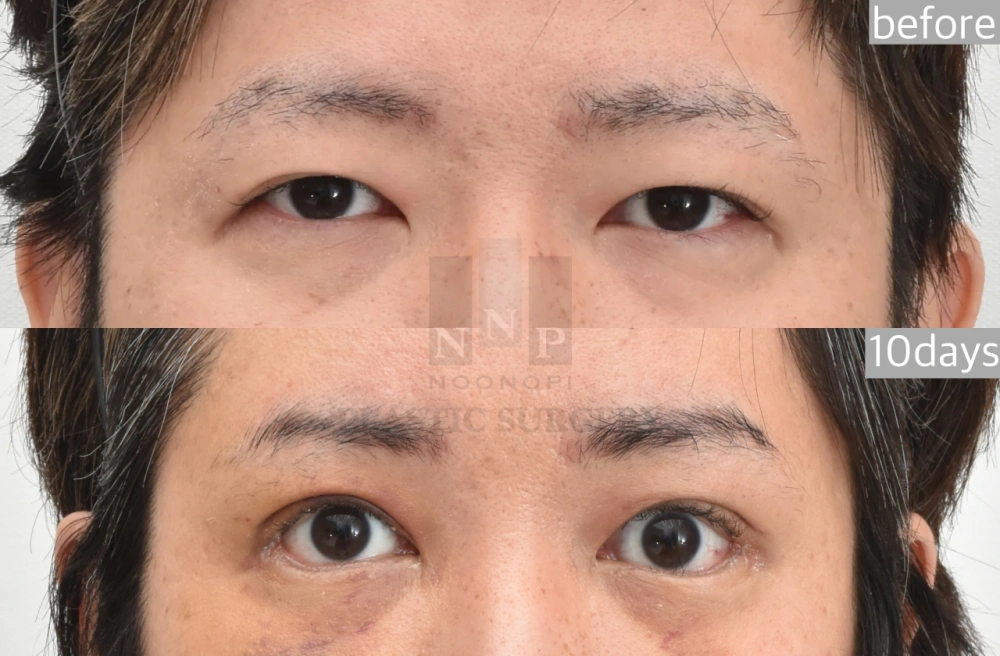
Korea is famous for its advanced medical techniques and skilled plastic surgeons, making it a top destination for ptosis correction surgery. This procedure can involve non-incisional or incisional methods, chosen based on the severity of the ptosis, the thickness of the eyelid skin, and the desired aesthetic outcome.
Both locals and international patients choose ptosis correction surgery in South Korea, attracted by the country’s renowned reputation for dedicated natural double eyelids and enhanced facial harmony that leave a lasting impression.
Next, we’ll explore non-incisional and incisional ptosis correction methods to help you determine which option suits your needs best.
Non-Incisional Ptosis Correction
Non-incisional ptosis correction is ideal for those with minimal ptosis and thin upper eyelids. This technique leaves no visible scars, allowing for a quicker recovery with minimal bruising or swelling. Patients can often resume daily activities within 2-3 days, enjoying natural double eyelids and an enhanced eye appearance.
However, it is not indicated for every patients.
Incisional Ptosis Correction
For moderate ptosis, incisional technique is usually recommended. This delicate surgery involves making small cuts in the eyelid to remove excess skin, fat, and muscle, with the eye-opening muscles being pulled to enhance both appearance and function. The procedure often targets the Muller muscle, which plays a crucial role in eye-opening strength and the correction of blepharoptosis.
The results of incisional ptosis correction are typically permanent, offering a more defined eye shape and improved visibility. Although recovery takes longer compared to non-incisional methods, the benefits for severe cases make it a highly effective, long-lasting solution.
Ideal Candidates for Ptosis Surgery
Ptosis surgery is particularly beneficial for individuals whose drooping eyelids affect vision and quality of life. Severe ptosis patients are prime candidates, as the procedure can greatly expand their field of vision and reduce visual obstructions, giving natural results and defined eye shapes.
Beyond functional improvements, ptosis correction surgery appeals to those seeking aesthetic enhancements. Correcting drooping eyelids can create a more youthful appearance and boost self-confidence.
Early surgical intervention for congenital ptosis is advisable to prevent complications and improve visual development.
Benefits of Ptosis Correction Surgery
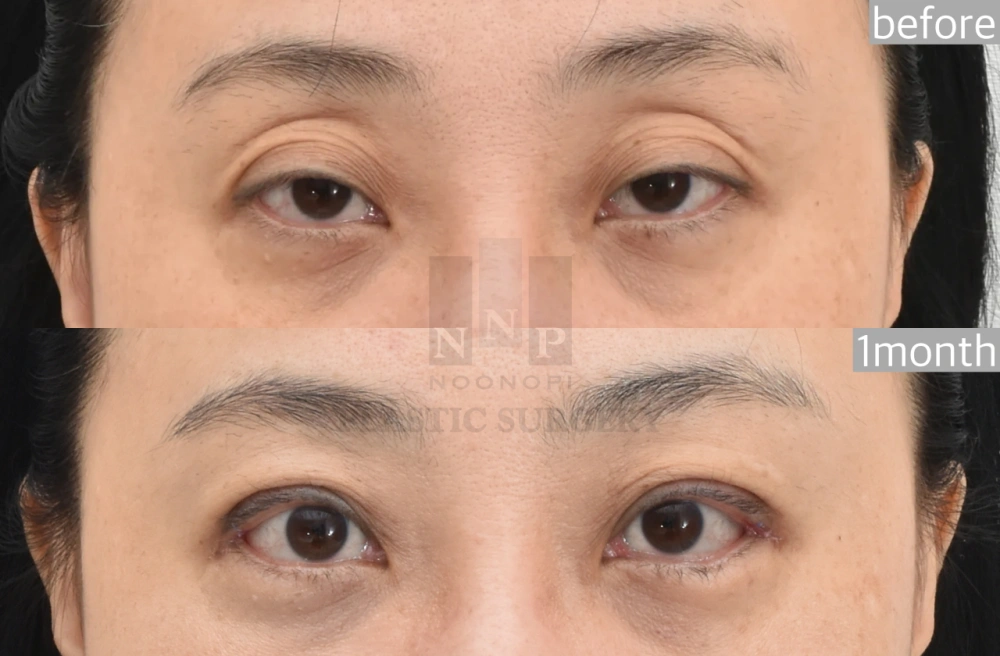
The benefits of ptosis correction surgery go beyond cosmetic improvements. Here are some key advantages:
- Strengthening the eye-opening muscle enhances alertness and eye opening strength.
- Improves overall eye function, addressing functional issues.
- Achieves a refreshed, lively appearance with bigger eyes.
This surgery not only improves aesthetics but also contributes to better eye health and functionality in the applied operation.
Ptosis correction also reduces forehead and eyebrow wrinkles, enhancing a youthful look. The permanent results significantly improve quality of life, making it a worthwhile investment for those affected.
The Procedure: What to Expect
Ptosis correction surgery involves several steps, from an initial consultation to postoperative care. The procedure typically lasts 1-2 hours, depending on complexity. Patients often need up to 10 days off work for smooth recovery.
Stitches are usually removed about a week after surgery, with full recovery taking up to three months. Understanding the process helps patients set realistic expectations and prepare for each stage of their stitch removal ptosis correction journey.
Initial Consultation and Examination
The initial consultation refers to a vital step 2 to connect for an accurate diagnosis and personalized treatment plan. Patients find it important to decide to discuss their medical history, including past surgeries, current medications, and any potential risks, and note procedures that enhance their overall vivid experience as an individual. In conclusion, this step is crucial for effective treatment parts.
The surgeon may take photographs of the eyelid condition to plan the surgical approach. This thorough examination is essential for opening eyes to achieving the best outcomes from the surgery.
The Surgery
Ptosis correction surgery is relatively quick, typically taking 1-2 hours for incisional methods and around 30 minutes for non-incisional methods. Local anesthetic ensures patient comfort throughout the procedure in a way that enhances the overall experience, with some procedures taking only 1 hour and offering a short surgery time.
The surgery involves adjusting the upper eyelid muscles or reducing the Müller muscle length to achieve a natural look with minimal scarring. Patients can check their eye shape during the procedure, leading to higher satisfaction rates.
An advantage of ptosis correction surgery is that no hospitalization is needed, allowing a quicker return to daily activities. The chosen surgical method significantly affects the final appearance, making individualized planning crucial.
Postoperative Care
Postoperative care ensures a smooth recovery and optimal results. During the first three days, apply cold compresses and clean the area four to six times a day to reduce less swelling and prevent infection.
Patients should avoid activities that strain the surgical area and keep their head elevated while sleeping to promote healing. Follow-up appointments are crucial, with daily check-ups until stitches are removed on the fifth day.
Some clinics offer additional treatments like LED therapy to aid fast recovery.
Choosing the Right Clinic in Korea
Choosing the right clinic for ptosis correction surgery in Korea significantly influences the outcome. Research patient reviews and before-and-after photos for insights into a clinic’s quality. Experienced surgeons and a solid reputation for safety and successful outcomes are essential.
Noonopi is one of the most English-friendly plastic surgery clinics in Korea, dedicated to serving international patients.
Cost of Ptosis Correction in Korea
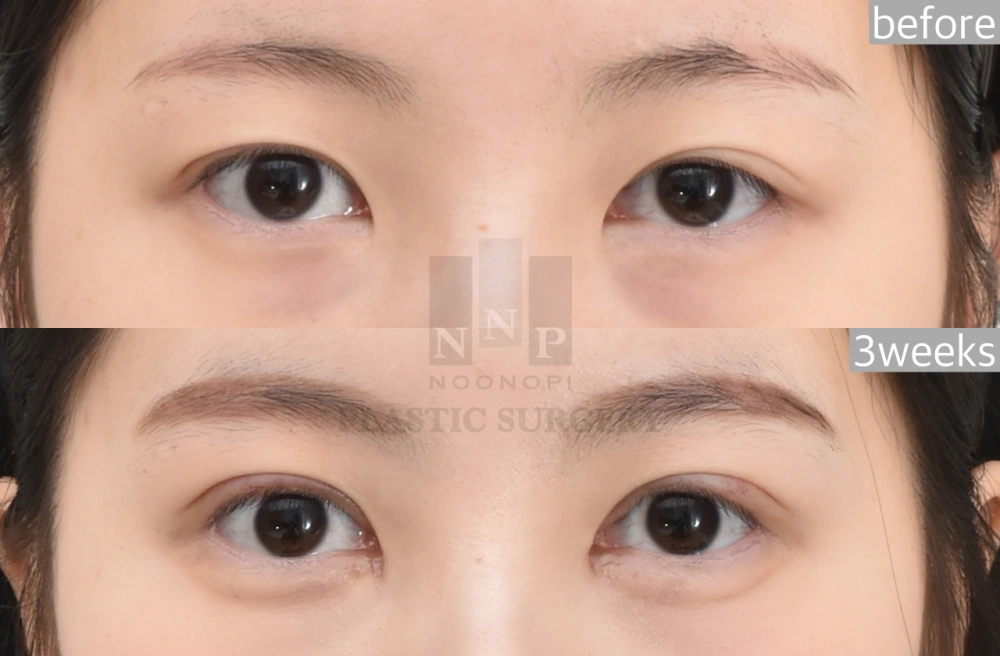
The cost of ptosis correction surgery in Korea typically ranges from 2,000 to 4,000 USD. Factors like the surgical method and the clinic’s reputation can influence the overall cost. The cost of ptosis surgery in Korea is about 30% lower compared to Western countries, making it attractive for international patients. Many Korean clinics offer all-inclusive pricing, covering all costs without unexpected fees.
Recovery and Aftercare
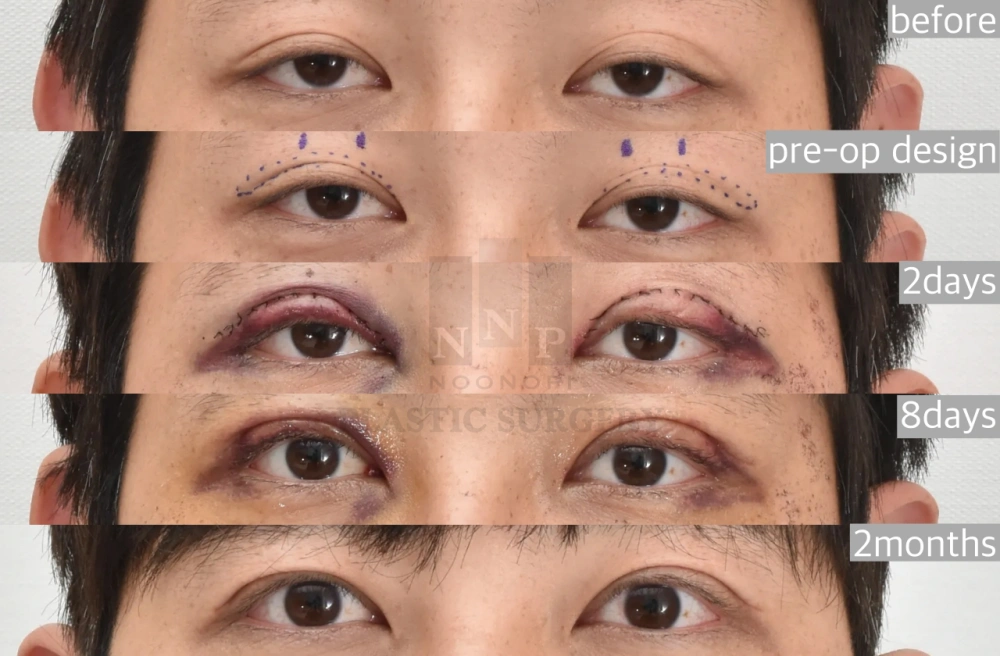
Recovery after incisional methods typically takes around 1-2 weeks. Applying cold packs can help reduce these symptoms during the initial recovery phase.
Patients should avoid swimming and keep the eye area dry for the first few days post-surgery to promote healing. Follow-up visits within the first 12 weeks are essential to monitor healing and ensure proper eyelid positioning.
Summary
Ptosis correction surgery in Korea offers a transformative solution for those struggling with drooping eyelids, whether for functional or aesthetic reasons. With advanced surgical methods and top-tier clinics, patients can achieve significant improvements in vision and appearance.
Choosing the right clinic, understanding the procedure, and following proper postoperative care are essential for achieving the best results. Korea’s supportive culture and variety of light activities make it an ideal place to recover and enjoy the journey to a refreshed and youthful look.
Frequently Asked Questions
What is ptosis?
Ptosis is the drooping of the upper eyelid caused by weakened eye muscles, potentially obstructing vision and impacting appearance. It's important to seek evaluation if you notice this condition.
How long does the recovery take after ptosis surgery?
Recovery from ptosis surgery generally takes about 2-3 days for non-incisional methods, while incisional methods may require up to 10 days off work and full healing can take about three months.
How much does ptosis correction surgery cost in Korea?
Ptosis correction surgery in Korea typically costs between 2,000 to 4,000 USD, offering a more affordable option compared to many Western countries. This price usually includes all associated costs, making it a comprehensive choice.
Are there non-surgical alternatives to ptosis correction?
Yes, non-surgical alternatives for ptosis correction include oxymetazoline hydrochloride eye drops, eyelid taping, and makeup techniques, though these methods are temporary and require ongoing application.

- Double Eyelids
- Sleepy Eyelids
Ptosis Surgery in Korea | Eyelid Ptosis Correction and Cost Info2025-05-03

- Double Eyelids
Incision vs Nonincision: Which One Is Right for Your Double Eyelid Surgery?2025-04-24

- Sleepy Eyelids
The Truth About Ptosis Correction in Korea: Surgical Challenges with Real Cases2025-07-13